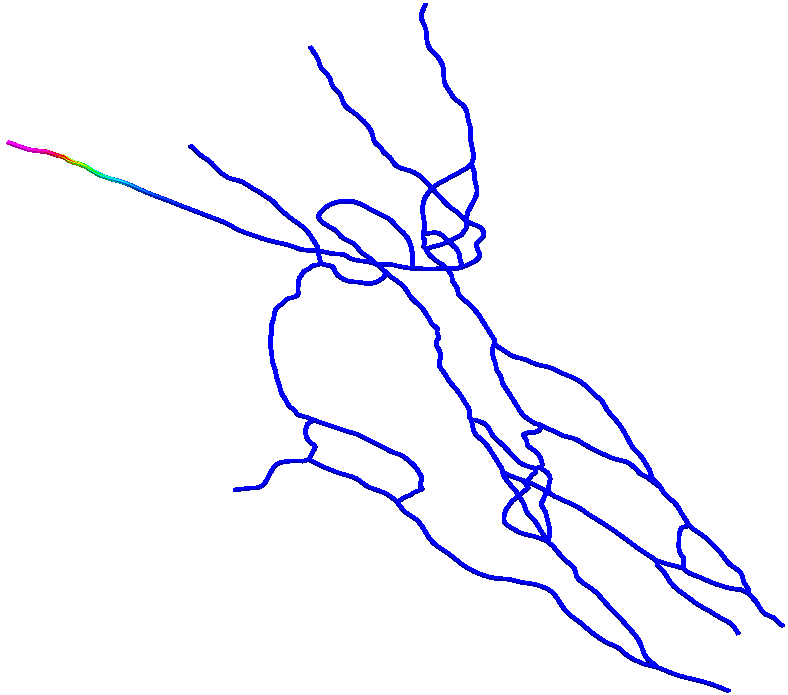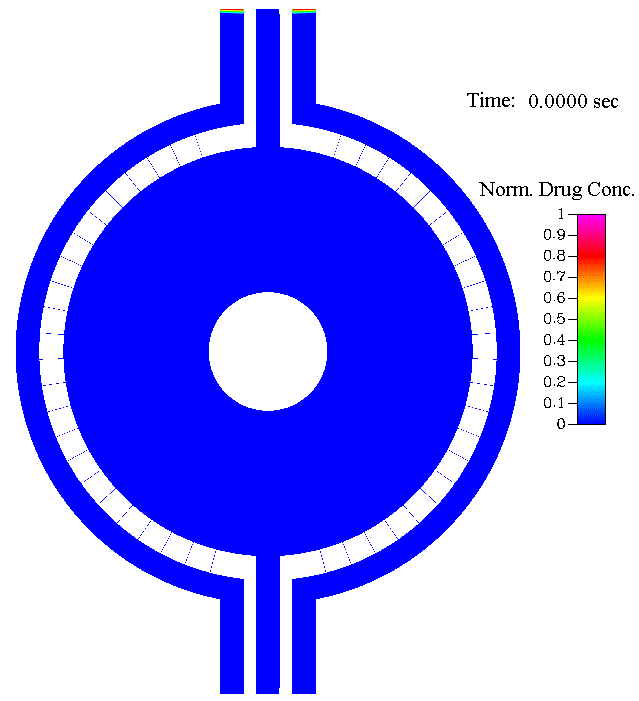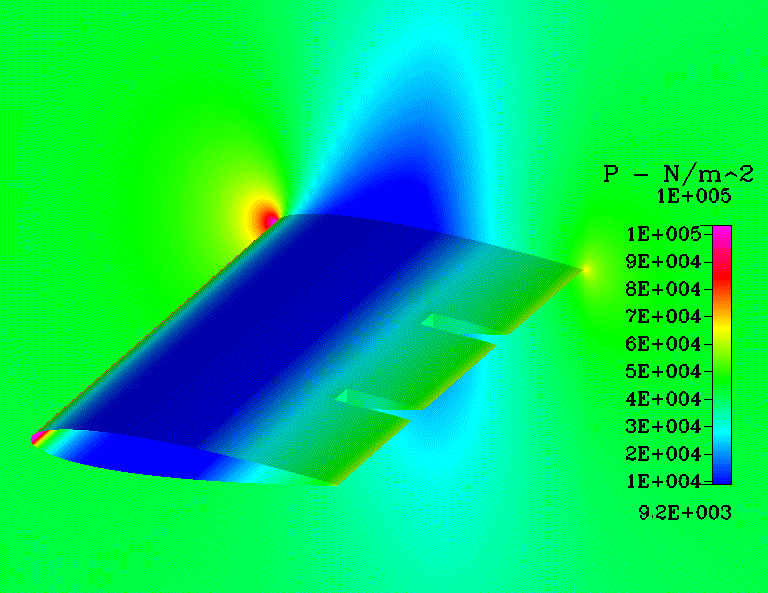High-fidelity Modeling & Simulation
iMSEL performs cutting-edge multiphysics research in high-fidelity modeling and simulation (CFD and FEM) for physical phenomena understanding and discovery, concept evaluation, trade space exploration, and design optimization. The iMSEL team has extensive expertise in fluid mechanics, turbulence modeling (RANS, LES, DNS, DES), heat transfer, species transport and chemical kinetics, structural dynamics, electrokinetics, spray/aerosol dynamics, among others. Applications encompass micro/nanofluidics, biomedical devices, biodefense, aerodynamics and aeroelasticity, hydrodynamics, electronics cooling, etc.
Microfluidics & Nanofluidics

High-fidelity numerical analysis of the electrokinetics at the micro-nano-interface under pressure driven flows. Parametric analysis is performed to capture the critical effect of pressure head and background electrolyte (BGE) ion concentration on the electrokinetic and species transport of the preconcentrator. Our studies demonstrate that ion-polarization and electric field barrier can be established at interfaces and substantial sample enrichment (>1E4–fold) can be readily achieved using hydrodynamic flow. The results can be used for practical design and operational protocol development of novel nanofluidics-based sample preconcentrators.



High-fidelity, multi-physics computations are utilized to investigate the use of impedance phenomena as a basis for detection at the nano-scale. A composite approach combining electrokinetics simulations and Fourier Transform was used to determine the impedance values between two electrodes with nano-sized gap. This approach harnesses the technique of potential excitation and current relaxation to extract impedance, thus requires less computational effort. Both co-ions and counter-ions exhibit dynamic response and polarization behavior due to the potential excitation. The phase angle for nano-electrodes is smaller than the micro-electrodes due to smaller solution resistance enclosed by the former.

DEP Separation in Restricted Channel


Biomedical
Dielectrophoresis (DEP) separation of biological particles of two different sizes in a microfluidic channel with a sudden contraction. The contraction allows the particles to stay away from the region of side walls with weak electric field generated by the slanted electrodes, leading to salient separation performance
Micro silica bead-based DNA extraction and sample preparation in a microfluidic chamber using coupled simulation of flow, particle dynamics, and surface kinetics. Due to large surface to volume ratio, microbeads demonstrate higher capture efficiency compared to the micro-pillar design.



Flow and species transport simulation at distinctly different scales to predict perfusion time/region and strain rate for in vitro blood brain barrier model. Vascular (apical) and tissue (basolateral) compartments are modeled with or w/o astrocyte conditioned media (ACM).
Flow and species transport within microvasculature network
Flow simulation in complex tumor environment model for study of delivery vehicles and drug discovery. The model includes endothelial cell lined leaky capillary vessels along with 3D solid tumors



Multiphysics simulation (flow, turbulence, heat transfer, particle dynamics, species, droplet evaporation) to analyze the loss of drug droplets within an inhaler for design optimization. Multiple design strategies, including secondary inlet, vortical flow guide, impinging jet were investigated using high-fidelity simulation. Optimal design creating salient vortical and cushioning flow dramatically mitigating collision and deposition of drug droplets was selected for final device prototyping.
Thermal Management



Multiphysics simulation (flow, turbulence and heat transfer) to examine temperature rise in an electronics enclosure arising from heat dissipation of multiple chips
Multiphysics simulation (flow and heat transfer) to analyze and design of a miniaturized PCR devices and evaluate its energy utilization efficiency. Patterned microchannels are embedded in a multi-layer blocks comprised of different materials to allow thermal cycling of enclosed PCR mix (through three-temperature layers), which requires the use of hybrid meshes for discretization.
Aerospace



iMSEL has extensive experience in high-fidelity simulation of aerodynamics from the subsonic to the hypersonic regimes. The simulation has been used to investigate the effects of the Mach number, angle of attack, and altitude on plume configurations (left), analyze flow behavior and features (shock wave, vortex, shock wave boundary layer interactions, etc.) and predict the aerodynamic loads (middle). Fluid-structure-interaction simulation has been conducted to study the aeroelascity and aeroservoelasticity (withsurface control, right). The simulation generates high-fidelity data that can be used for reduced order model construction and massive data analytics (flow detection and model database development).